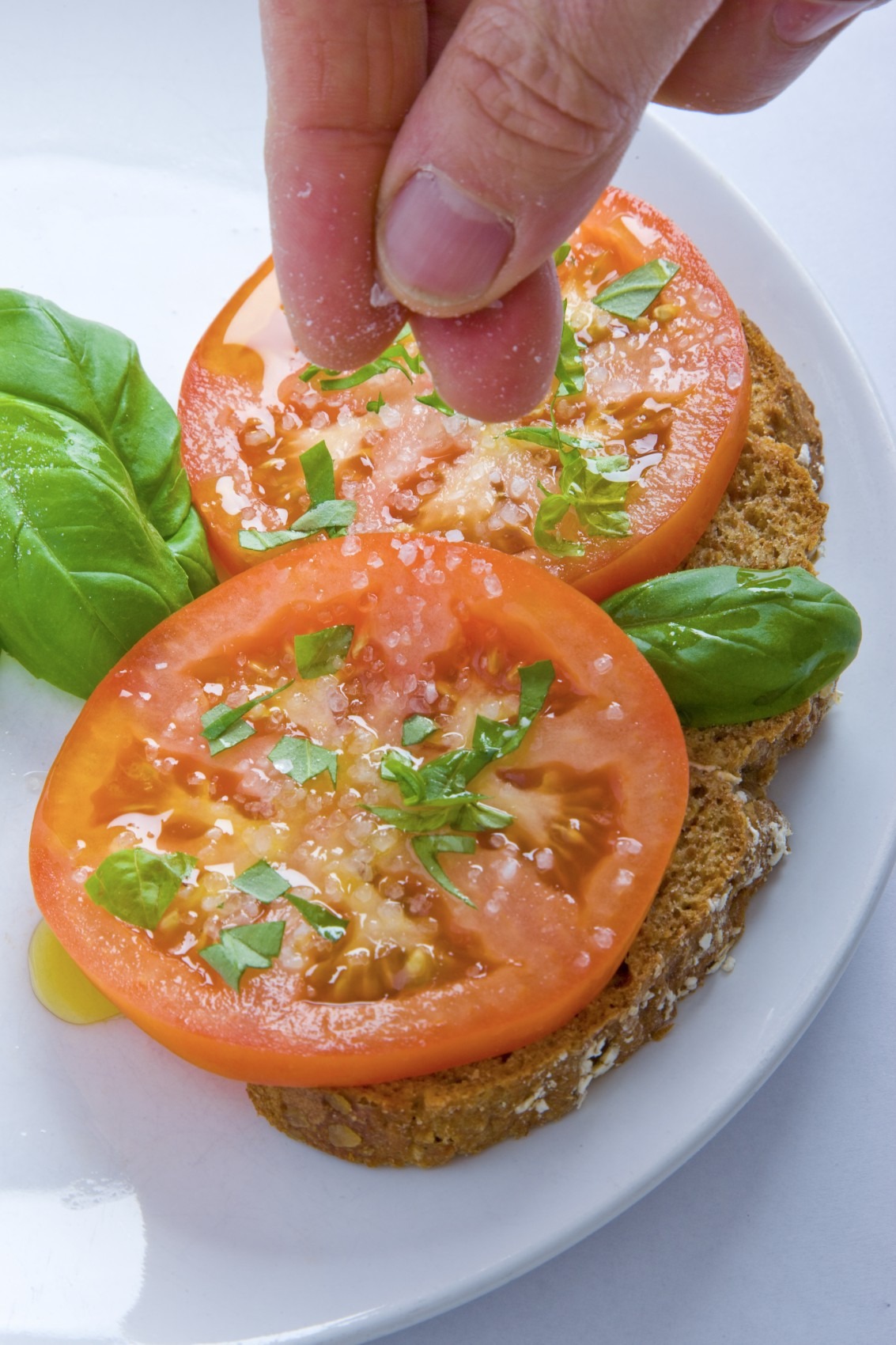Your kids aren't mini tyrants trying to ruin your dreams of peaceful family dinners.
They just want to eat food that tastes good.
The New York Times Food For Tomorrow Conference held on Tuesday and Wednesday focused extensively on how to get kids to crave healthier food.
Panels including experts like Dr. Dean Ornish spoke on the importance of eating healthy food at home, reintroducing your kids to vegetables more than once and including your children in the cooking process.
Starting your kids eating fresh fruits and vegetables at home is their best shot at developing a healthy, nutritious lifestyle.
The next logical question is: How do you get your kids to eat the darn things?
It's all in the preparation. If the vegetables are fresh and seasonal, it's a matter of cooking, seasoning, and accentuating the way the vegetables taste.
1. Roasting
When you were a kid, Brussels sprouts were the worst culinary punishment on the planet. Now they are the darling of the vegetable world. That turnaround comes from one word: roasting. Roasting vegetables makes them tender within, crispy without, and sweet in flavor. Beets, cauliflower and all root vegetables are delicious when roasted. As a bonus, kids can eat these with their fingers, which is always a hit. Try this recipe to start the roasted vegtable bonanza.
2. Salting
That's right, you can salt your kids' food. Dr. Ornish tells Mashable that unless there is a pre-existing health issue, salting vegetables isn't a problem for most kids. If your kids are studying shapes in school, buy a few different kinds of salt, like table, kosher, and pyramid flakes, and let your kid see the shapes and taste the differences. Then, let them help salt that night's tomatoes, sweet potatoes or green beans.
3. Sugaring
Don't pour powdered sugar on the asparagus. Rather, use sweet elements to bring out vegetables' most delicious sides. A little white or brown sugar with carrots and some maple syrup with parsnips go a long way towards getting your kids to embrace vegetables. It's not about drowning the flavor, it's about accentuating it in a way that reaches out to kids' tastebuds.
4. Saucing
When you make the sauce from scratch, it's a chance to control what ingredients are used, cook with your kids and get everyone to try vegetables in a raw or barely cooked form. Steam the vegetable only until the outside is soft but there is still a bit of snap at the core. Blanched broccoli with Béarnaise sauce, raw peppers with hummus and snow peas with teriyaki glaze are just a few places to start. Plus, if your kids like to finger-paint at the table, they are going to love playing with paint that tastes delicious.
5. Pureeing
The patron saint of parents whose kids don't like to chew. When roasted until tender, butternut squash, celery root and white beans all turn into mild purees with just a hint of vegetable stock and an immersion blender. It gets even better if you add a splash of heavy cream or a dollop of mascarpone cheese. The texture is familiar and easy, especially for babies, so this is a good time to experiment with spices like curry or fresh herbs. Paint a happy face with turnip puree and watch your youngster gobble it up.
6. Pizza-ing
This should be a verb in all parents' vocabulary. If your kid screams at the sight of kale, put some in the pizza sauce. Throw some grated zucchini in a grilled cheese sandwich. Add a few sweet peas to mac and cheese. It's not about disguising the food, it's about persuading your child to try it when it's surrounded by flavors your little one already knows and loves. It works for vegetable-fearing spouses, too.
5. Frying
A little shallow frying isn't going to immediately harden any arteries and may be a great gateway for a kid whose sole vegetable delivery system is French fries. Take this opportunity to teach your kids about Japanese culture and have a tempura night with green beans, daikon radish and onions. Quickly sautée black bean cakes until they are irresistibly crunchy. You don't have to fry everything all the time, but if your kid's only vegetable is ketchup, this can be a lifesaver.
Fuente: mashable.com
